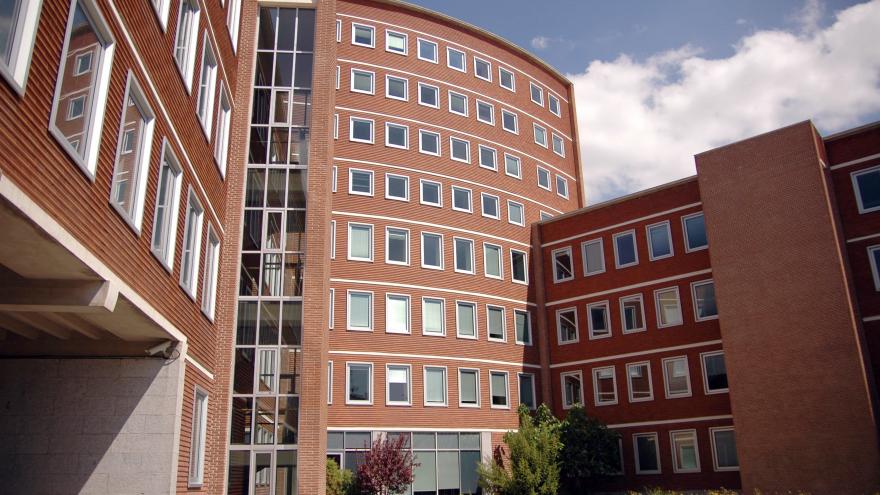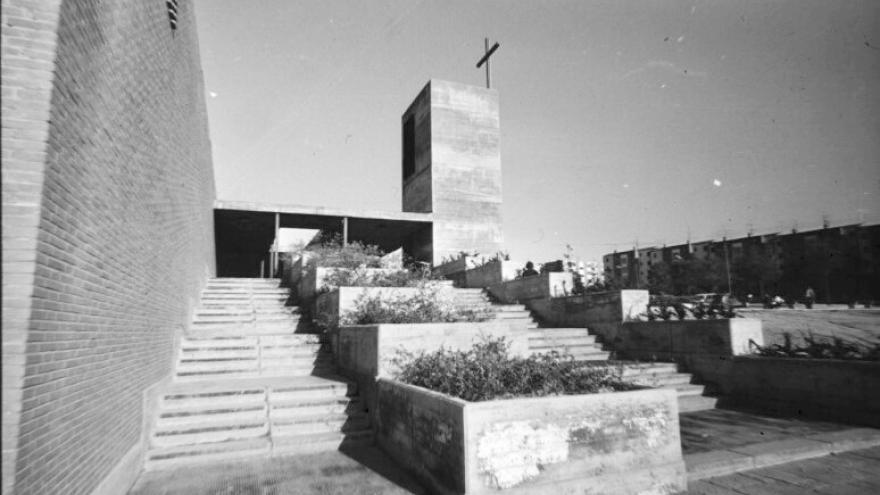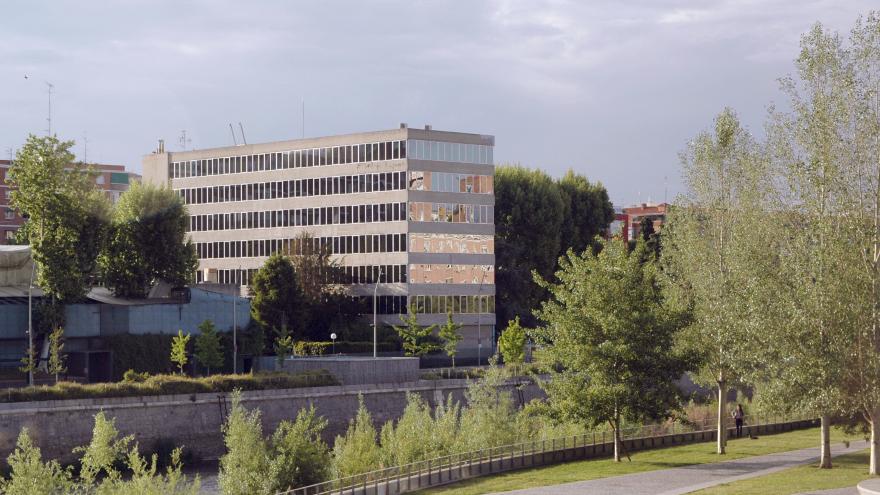
Architects of Madrid: Miguel Fisac
During the second half of the 50th century, Spain saw a definitive architectural renewal, driven by the gradual introduction of international influences. The functionalist nature of the International Movement was reflected during the developmentalism of the late XNUMXs, with authors such as Miguel Fisac leading this transition.
Header image
Brief biographical sketch
Miguel Fisac (Daimiel, 1913 - Madrid, 2006)
Fisac, the youngest of three siblings, was born in 1913 in Daimiel (Ciudad Real). At the end of the University Baccalaureate in Badajoz, at the age of 17 he moved to Madrid to study Architecture. The Civil War interrupted his training: after saving his life (hidden on the roof of Daimiel's family home), he fled to France crossing the Pyrenees. After the war, he graduated from the Madrid Higher Technical School of Architecture (ETSAM) in 1942 with the End of Degree Award from the Royal Academy of Fine Arts of San Fernando.
His legacy will include religious, civil, institutional, residential and industrial work, leaving some of the most outstanding buildings of the time. And although throughout his life he travels all over the world, Nordic architecture will be the influence that will most be reflected in his style.
Miguel Fisac has left a huge legacy for which he received numerous awards, including the Gold Medal of the Superior Council of Architects and the National Architecture Award in 2003, awarded three years before his death.
Works
As a graduate, he collaborates in projects such as the Torres Quevedo Institute on Serrano Street and the CSIC, for which he will build different buildings in the future, such as the Center for Biological Research in Madrid. However, it will be already as a qualified architect when the important commissions begin, also making him a very prolific author.
His relationship with the church (he was one of the founders of Opus Dei and a member between 1935 and 1955) translates into several innovative proposals with temples in Valladolid, Vitoria or Huesca, although most are in Madrid: the Chapel of the Holy Spirit of the CSIC, La Magdalena (Chamberí) or Flor del Carmelo, in the neighborhood of Pilar, but above all the churches of Santa Ana, in Moratalaz, and of the Dominicos de Alcobendas stand out.
In other genres, we have offices and employee housing for the Alter laboratories, with a marked Nordic influence; the Computing Center of the Complutense University; the IBM building or the missing Jorba laboratories, building known as La Pagoda.
His work extended to other areas, such as design or urban planning. In addition, his interest in the study of processes and materials leads him to investigate the properties of concrete. Thus, he develops the 'bone beam', a hollow section prestressed concrete element that he will use in constructions such as the Hydrographic Studies Center. He also experiments with his textures, creating those 'padded' shapes with which he clothes the parish center of Ciempozuelos or his own residence and studio, which he builds in Cerro del Aire.




















